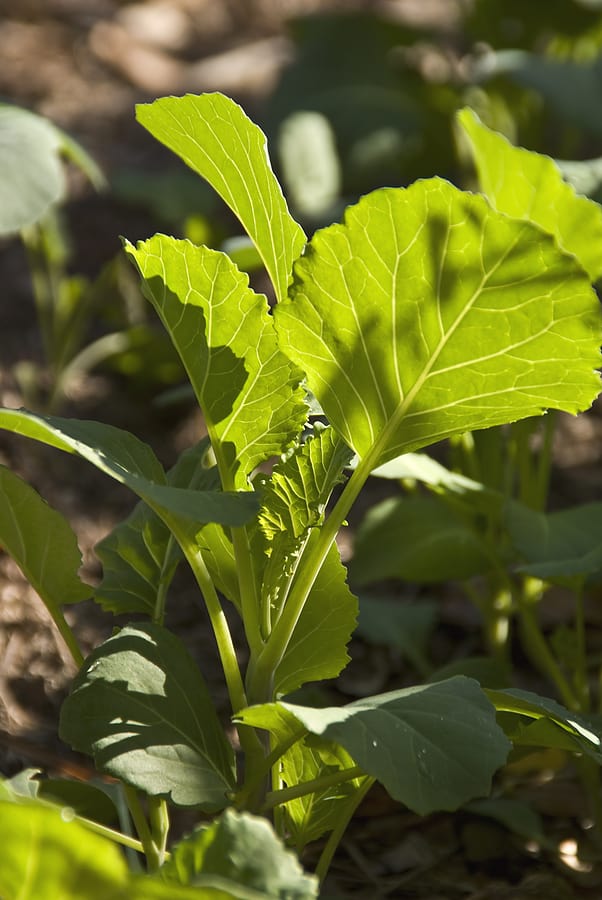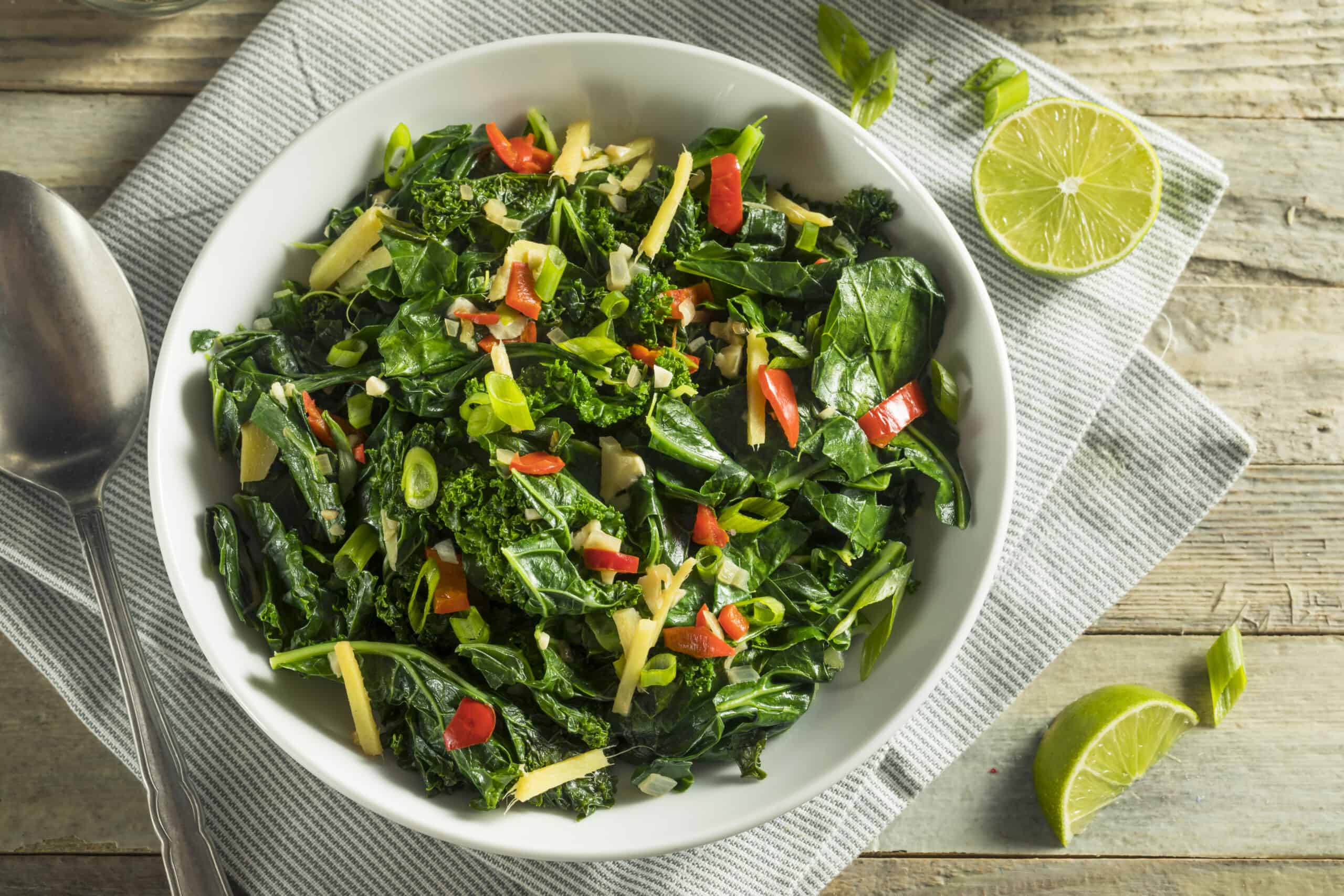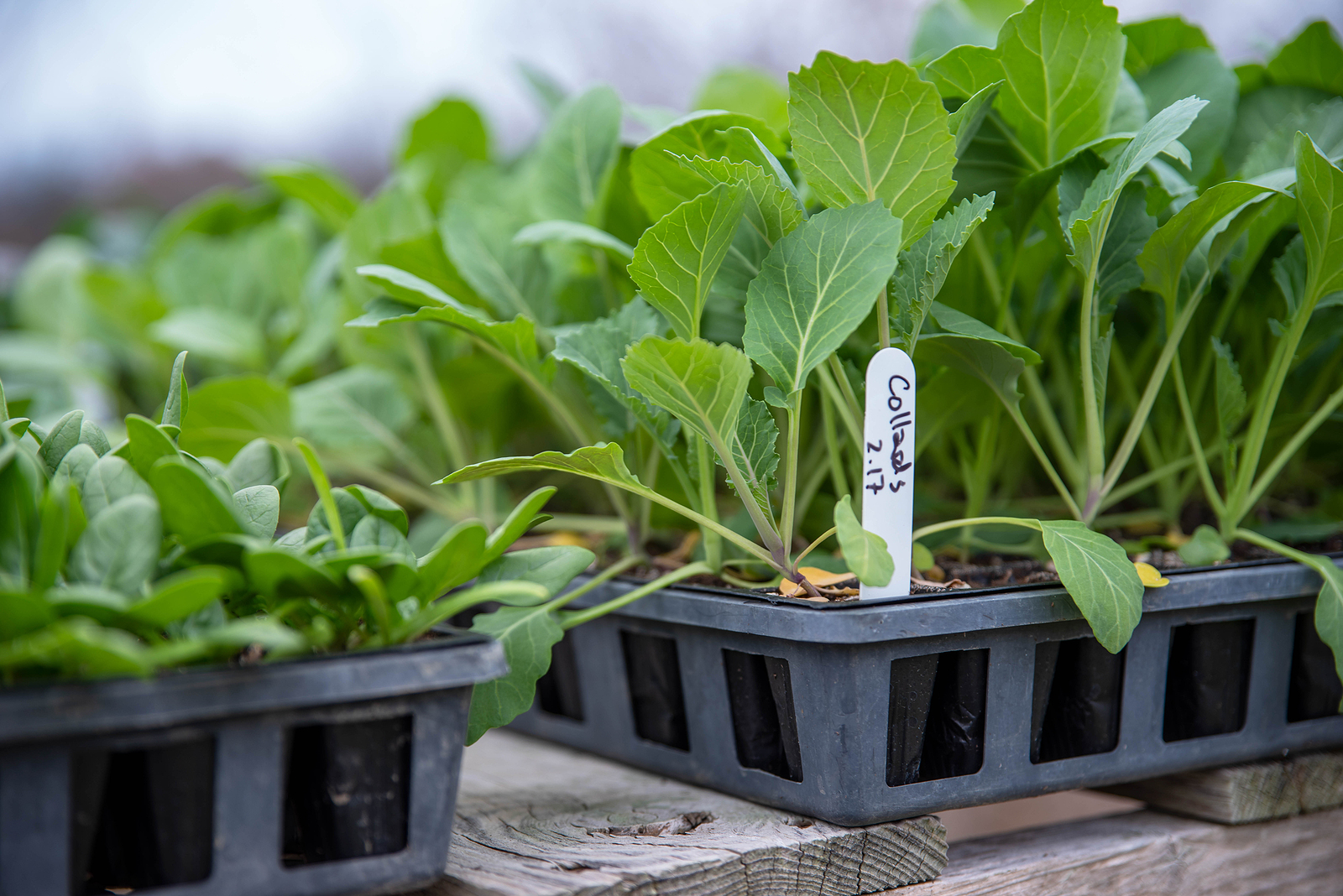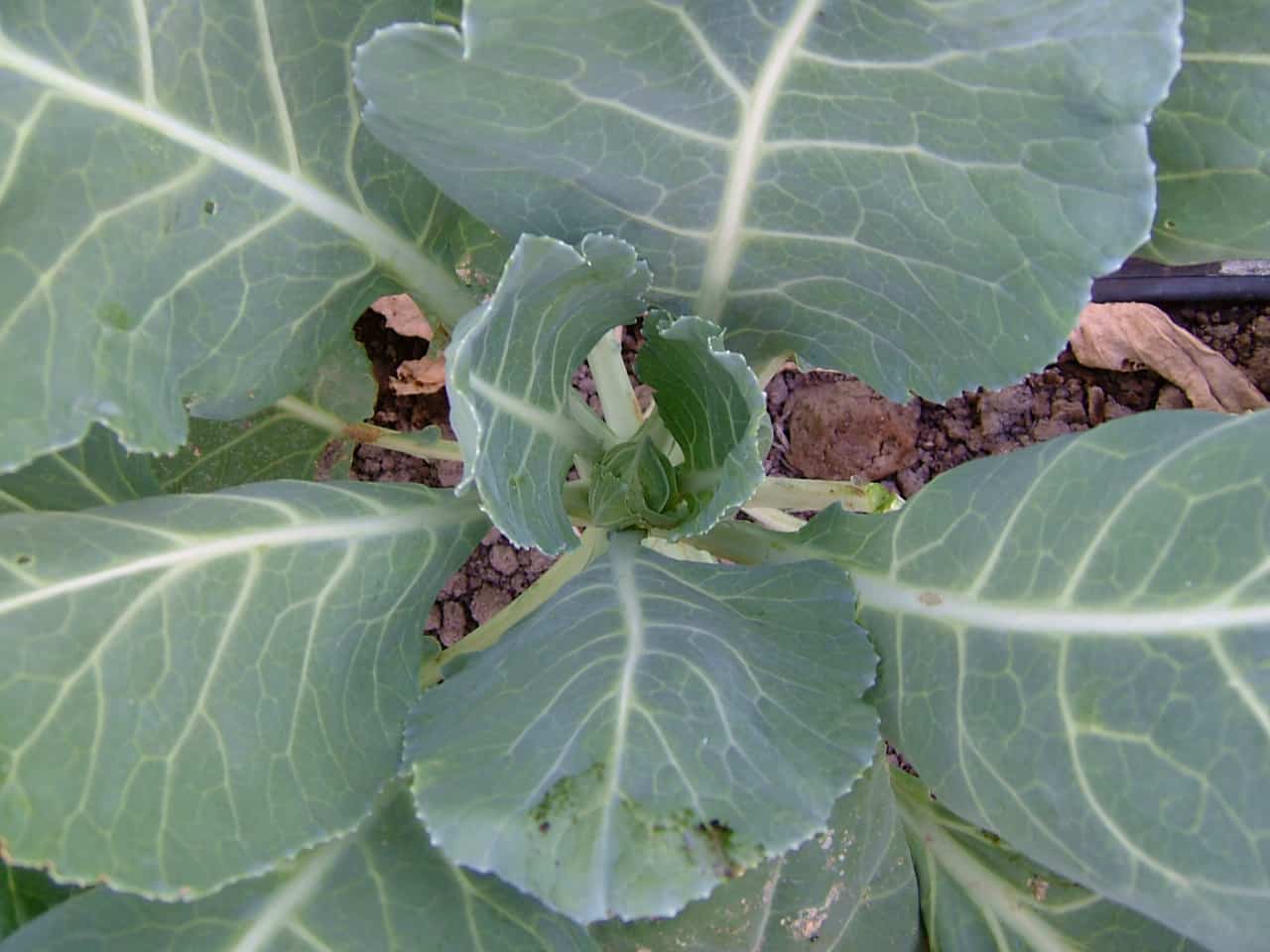Collards
Latest stories
More stories
-
Collards Seed Starting Tips
Collards are a hardy cool-weather crop. Collards can be grown in early spring and in mid to late autumn. Collards thrive in temperatures between 65°F and 75°F (18-24°C) and can withstand frost down to 25°F (-4°C). If summers are warm in your region, start collards in late winter or early spring for a late spring […] More
-
How to Harvest and Store Collards
Collard leaves are ready for harvest as soon as they reach usable size. They will be most tasty when picked young–less than 10 inches long and dark green. Older leaves will be tough and stringy. Collard greens are ready for harvest 75 to 85 days from transplants, and 85 to 95 days from seed. Related […] More




